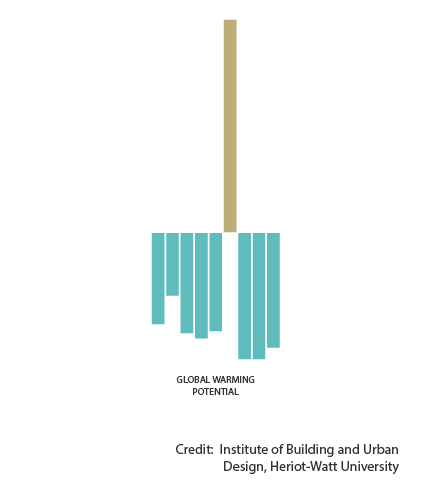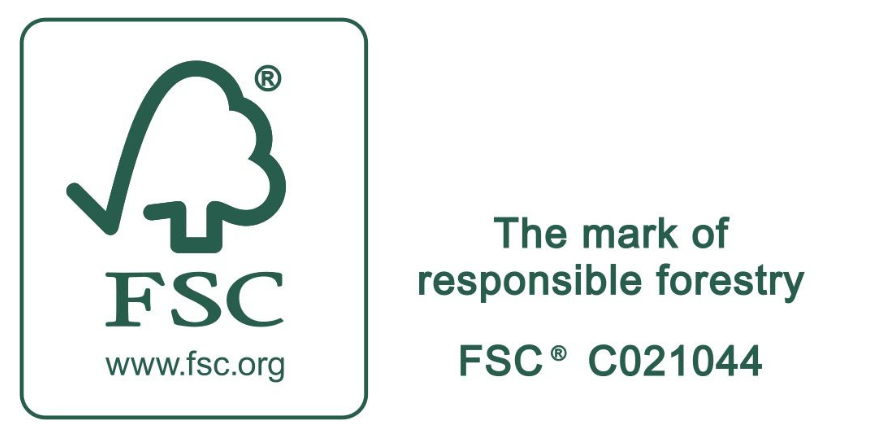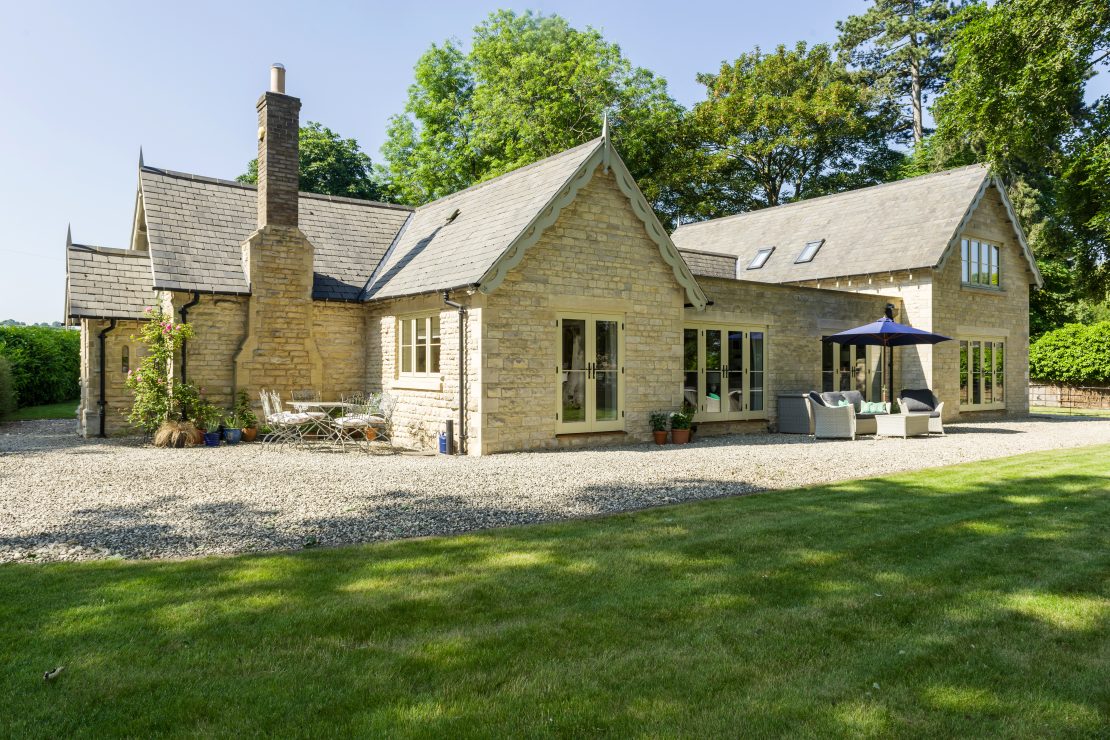September 4, 2019
In a study carried out by Heriot-Watt University’s Institute of Building and Urban Design on behalf of the Wood Window Alliance, researchers compared the ecological benefits of timber versus uPVC frames, and found timber to be the most environmentally friendly of the two.
Using the latest SimaPro software and the Ecoinvent database, the study was able to produce a comprehensive cradle-to-grave assessment of Wood Window Alliance specification windows.
The study assessed three types of timber window and compared them with u-PVC alternatives:
-
- Timber
- Modified timber
- Aluminium-clad timber
As a natural resource, wood is renewable, light and strong, and has low thermal transmittance. Using wood as a material makes window and door frames more energy efficient. The BRE Green Guide recognises timber as a sustainable material, rating timber frames A or A+ for sustainability.
You can ensure your timber windows are made from timber harvested from sustainably managed forests by asking for chain of custody certification.
In their study, researchers calculated how various ecological factors are affected by the production, use and disposal of timber windows versus PVC-U. In almost every scenario, timber frames out-performed uPVC alternatives significantly.
It has already been determined that timber frames typically have a longer lifespan than PVC-U frames. During the average 60-year life cycle of timber frames, uPVC frames would have to be replaced at least once. This in itself increases the carbon footprint of uPVC frames considerably.
Meanwhile, over this 60-year period, timber frames were in fact found to be carbon negative. This means that timber, modified timber and aluminium-clad timber frames actually have a negative global warming potential over a 60-year lifespan.
On the graph below, the different types of timber windows (tested in a range of conditions) are coloured green, while uPVC windows are coloured gold. As you can see, in all but one case, the environmental impact of uPVC is much greater than that of timber. In fact, in most instances timber is shown to have a positive environmental impact that more than offsets the ecological costs of its creation, maintenance, use and disposal.
The most significant statistic is the global warming potential, measured in CO2 equivalents, which demonstrates how timber frames can be carbon negative over 60 years.
uPVC windows are responsible for over 100kg of carbon dioxide equivalents in the 60 years, assuming they have been replaced once in this period.
Taking into consideration end-of-life scenarios such as recycling of materials, reuse of materials and incineration of materials, as well as the potential carbon intensity of the energy required, the study still found that timber had a significantly lower global warming potential.
The study concluded that between 140 and 160kg of CO2 equivalents can be saved over 60 years by choosing timber frames over uPVC. In a house with ten windows, that translates to a saving of 1.5 tons of CO2 equivalents. That’s enough carbon to power a family car for 4,000 miles.
To see the full report, visit the Wood Window Alliance.






















